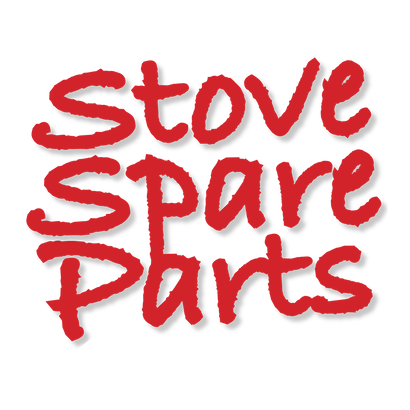A baffle plate, because of its continued exposure to the intense heat at the top of the fire chamber with its potential to be abused by over-firing, is regarded by stove manufacturers as a 'consumable' part and therefore generally receives limited coverage under the terms of the stove's warranty. Since it is considered a 'consumable' component it is important that it is routinely cleaned and inspected for signs of wear and tear to ensure its safe operation.
This is especially critical for multi fuel boiler stoves which, because of the lower temperature of the flue gases and the tendency to use soot-producing fuels such as coal, will produce significantly more soot. Clearing away soot debris from your baffle plate will keep the stove and flue draught operating efficiently and help reduce the potential for smokeor carbon monoxide to enter the room. Soot build-up on top of the baffle plate also has the potential to re-combust and start a fire at the top of the stove or at the base of the flue system where there is less heat protection.
When debris is left for long periods it can tend to attract condensation and to 'cake' so that the moisture doesn't get a chance to evaporate and its continued presence when the stove is not in use then rusts the metal baffle plate and stove bodywork. Caked soot may need to be wire-brushed, so if you can remove the soot before it cakes then this job will be so much easier.
When the stove is cold, most baffle plates can easily be pushed upwards and dropped down to allow complete access to the top of the plate and the flue way. You may have to remove the log bar (or fire fence) to provide enough space to swing the baffle round and outwards. Ensure you make a note of which way your baffle plate needs to go back in.
Check for any deterioration in the condition of the baffle plate – this will include warping or bulging and in the worst cases a large hole which will render your stove unsafe to use until the baffle plate has been replaced. Holes in the baffle plate can expose the lid of the stove and the flue pipe to excessive heat from the flames and over time will almost certainly permanently damage the stove and flue pipe as well as make the stove inefficient and extremely dangerous to use.

